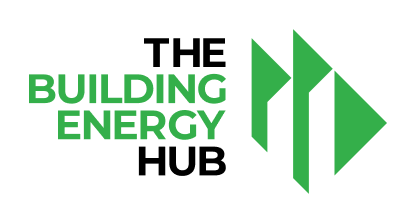You Can’t Manage What You Don’t Measure: Understand Your Building’s Performance
Introduction: The Importance of Building Energy Efficiency for Illinois
In Illinois, understanding and improving building energy efficiency is increasingly essential to meet our state’s climate goals, manage energy costs, and comply with evolving energy regulations. Buildings account for a significant portion of our state’s energy consumption and greenhouse gas emissions. By taking steps to benchmark, assess, and improve energy performance, building owners and managers can play a critical role in reducing emissions, enhancing tenant comfort, and making long-term financial savings. This guide will walk you through the steps to measure and manage energy use effectively, starting with the foundational practice of benchmarking.
Benchmark Your Building's Energy Use
- What is Energy Benchmarking?
Energy benchmarking involves tracking your building’s energy usage and comparing it to similar buildings and past performance. This helps you understand how efficiently your building is operating. Learn more here.
Tools for Benchmarking
Use the ENERGY STAR Portfolio Manager, a free online tool from the U.S. Environmental Protection Agency (EPA), to benchmark your building’s energy, water, and waste performance. Start benchmarking today at
ENERGY STAR Benchmarking.
Invest in Your Building:
No-Cost and Low-Cost Improvements
1. Check Your Building Scheduling
- Building Controls
Ensure your building controls or automation system is properly scheduled to avoid lighting and conditioning spaces when unoccupied. Check out this webinar from Slipstream (Registration required.) - Programmable Thermostats
If you don’t have an automation system, install programmable or smart thermostats and communicate regular set points with building occupants.
2. Regular Preventative Maintenance
- Routine maintenance keeps equipment running efficiently.
For example, replace air filters, clean evaporator and condenser coils, and tune up systems per manufacturer recommendations. Following these practices can reduce energy costs by 5-20% annually.
3. Address Plug Loads
- Plug and Process Loads (PPL)
Nearly a third of electricity used in U.S. commercial buildings powers devices like computers and printers. Turn off unused devices, enable power management settings, and reduce unnecessary plug loads. Learn more here.
4. Encourage Energy-Efficient Behavior
- Occupant behavior significantly affects energy use. Encourage employees to turn off lights and equipment and communicate energy goals within your building. Check out the Hub Tech Primer Plug Loads and Tenant Energy Use Reduction to explore additional strategies.
5. Weatherize and Reduce Air Infiltration
- Seal Air Gaps
Use weatherstripping and caulking to seal doors and windows, and close roof and freight entrances when not in use. Review the Hub Tech Primers on High Performance Windows and Wall Insulation for more ideas.
6. Upgrade Lighting
- LED Lighting
Switch to LEDs for substantial energy savings. Additional savings can be realized by installing occupancy sensors and daylight-responsive lighting controls.
Incentives: ComEd offers free facility assessment including lighting. Ameren offers incentives on LED upgrades.
7. Retro-Commissioning (RCx)
- What is RCx?
RCx is a building "tune-up" that optimizes existing systems for efficiency. This is ideal for large buildings and can identify low- or no-cost improvements.
Technical assistance and incentives for RCx are available through ComEd and Ameren.
8. Get an Energy Audit
- An energy audit or energy assessment identifies energy-saving opportunities, potential costs, payback times, and available incentives and rebates.
- Free energy assessments are available through Illinois utilities:
- Ameren Energy Efficiency ProgramEnergy Consultation
- ComEdEnergy Efficiency Program Facility Assessment
- People’s GasEnergy Efficiency Program Energy Assessment
- Nicor Energy Assessment
- Learn about different energy audit levels. There are three types of energy audits, established as industry standards by ASHRAE (American Society of Heating, Refrigerating and Air-Conditioning Engineers.) They are listed below from simplest to most detailed.
- Walkthrough Audit (ASHRAE Level I Audit). Provides an initial, cursory walkthrough of the building and its systems and equipment, which is accompanied by a review of a building’s utility bills. It is intended to only provide a high-level overview of no- or low-cost energy savings measures and should be considered a starting point to understanding potential savings opportunities.
- Detailed Audit (ASHRAE Level II Audit). Provides an analysis to identify measures with greatest energy savings and financial cost-benefit based on a fuel-use analysis alongside interviewing on-site staff.
- Investment Grade Audit (ASHRAE Level III Audit). Highly detailed engineering analysis of capital-intensive measures alongside financial analysis for potential investments.
Medium-Cost Measures and Long-Term Investments
Upgrade Building Controls
Building Automation Systems (BAS)
Install a BAS or upgrade your controls to improve overall building management to a BAS if your building doesn’t have one.
Invest in Efficient HVAC Systems
HVAC Upgrades
Heating, ventilation, and air conditioning systems account for the largest portion of building energy use. Consider upgrading to more efficient systems during renovations or end-of-life replacements. Check out different HVAC upgrade options at the
Hub Technology Primer webpage.
Variable Frequency Drives (VFDs)
Install VFDs on motors (pumps, fans, etc.) to optimize their energy use.
Improve Your Building Envelope
Insulation and Roofing
Improve insulation during renovations for better energy performance. Additionally, installing reflective "cool" roofs can reduce heat gain during summer months. Review the
Hub Tech Primer on Wall Insulation.
Windows
Replace single-pane windows or apply Low-E film to enhance the performance of existing windows. Review the
Hub Tech Primer on High Performance Windows.
Choose the Right Contractor
- The Building Energy Resource Hub has a variety of Contractor Lists for all building retrofit needs, find them here.
Funding Your Projects: Incentives and Financing
- ComEd Energy Efficiency Program offers business energy efficiency incentives. Contact them here.
- People’s Gas Energy Efficiency programs are available for both commercial and multi-family projects. Learn more here.
- Nicor Ways to Save programs include incentives and rebates. Learn more here.
- Ameren Energy-Saving Solutions have solutions for a variety of business and building types. Learn more here.
Invest in Your Building Staff: Training & Certification Opportunities
- Building Operator Certification (BOC)
BOC training equips building operators with the knowledge to improve energy performance and save on operational costs. Learn more at BOC Central. - Green Professional Skills (GPRO)
The GPRO Operations & Maintenance course offers actionable strategies for improving building efficiency. Ideal for facility managers and engineers, find upcoming courses at GPRO Training.
Learn more
Continue to learn about energy efficiency opportunities in your building. Check out these Hub Education offerings:
- Electrification 101 – coming soon!
- Greenhouse Gas Emissions 101
- Operations & Maintenance 101 – coming soon!
- All of our on-demand education can be found here.
Share Your Success and Learn More
For additional resources and recognition, connect with the Building Energy Resource Hub. Launched in 2023, the Building Energy Resource Hub supports building professionals, contractors, and others involved in building retrofits by providing technical expertise, financial resources, and peer connections. Our work is based on partnerships aimed at reducing energy use and future-proofing building operations across Illinois. Discover the Hub and start your building retrofit journey today!
This material is based upon work supported by the U.S. Department of Energy’s Office of Energy Efficiency and Renewable Energy (EERE) under the Building Technologies Office Award Number DE-EE0010930. (DOE-ELEVATE-0010930-10)


